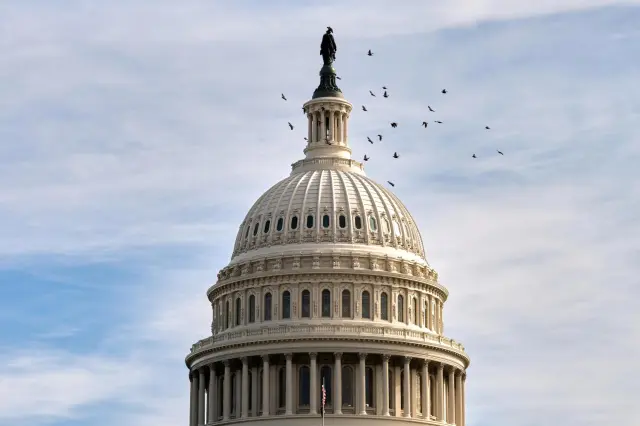CHINA SLAMS TAIWAN PRESIDENT AFTER INTERVIEW PRAISING TRUMP

Pre–National Day rhetoric, Lai’s Nobel remark, and Beijing’s warning
China condemned Taiwan President Lai Ching-te after he praised former U.S. President Donald Trump in a radio interview and said Trump would deserve a Nobel Peace Prize if he convinced Xi Jinping to renounce force against Taiwan. Beijing’s Taiwan Affairs Office accused Lai of “degrading himself” to foreign powers and pushing separatist “fallacies,” language that sharpened the long-running war of words across the Strait. Taipei replied that elected leaders may speak to international audiences and that its policy remains steady: a defensive posture, no provocation, and openness to dialogue without preconditions. The exchange lands two days before Taiwan’s National Day on October 10, when speeches and military flyovers often become barometers of intent. It arrives alongside routine Chinese air and naval activity near the island that Taipei calls coercive but not unusual. Analysts say the Nobel line was a rhetorical device to frame deterrence as peace-building, while China used it to paint Lai as courting outside backing for “independence.” The immediate market impact was limited, but insurers, shippers, and tech manufacturers remain sensitive to headline risk that could disrupt sea lanes or supply chains. For Washington and its allies, the episode highlights how U.S. politics now feed into Asia security messaging, with each side testing narratives about credibility and resolve.
Security signals, U.S. policy cues, and what to watch next
Strategists are watching three short-term indicators. First, the scale and tempo of People’s Liberation Army flights and patrols around Taiwan in the week of October 10, which often sees symbolic maneuvers. Second, the language in Lai’s National Day address on air defense, reserve reform, drone countermeasures, and semiconductor resilience, areas that have moved from slogans to budgeting in recent years. Third, U.S. actions: scheduled transits, export-control updates, and delivery timelines for previously approved arms packages. None of these steps alone change the balance of power, but together they set the tone for crisis management through year-end. The risk of miscalculation rises when political calendars overlap: Taiwan’s legislative agenda, U.S. electoral dynamics, and Beijing’s messaging cycles all compress into the same window. In this environment, hotlines and backchannel clarifications matter more than public jabs; so do predictable rules for coast-guard encounters and air-defense identification zone procedures. Business planners are revisiting contingencies that became standard after past drills: alternate shipping routes, inventory buffers, and insurance riders for war-risk zones. For households on the island, the lived reality is steadier than the headlines, yet survey data show fatigue with constant alerts. The clearest base case, for now, is continued rhetorical escalation without a near-term break of thresholds; even so, every phrase in major speeches will be parsed for policy drift. In short, the latest flap changes little on the ground but hardens political ceilings on compromise and keeps deterrence signaling in the foreground of regional diplomacy.





















